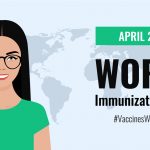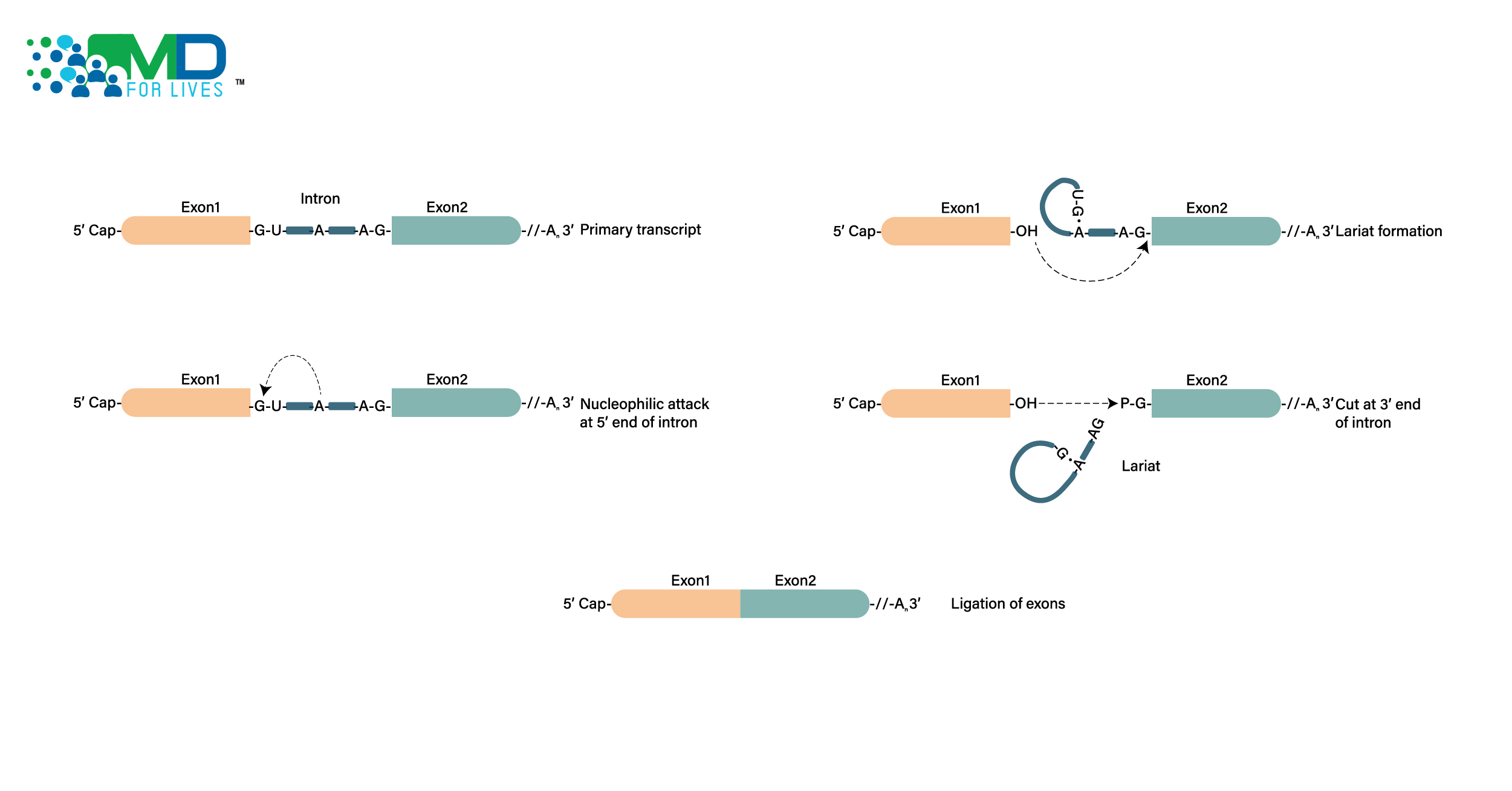During the last quarter of 2019, a new type of novel coronavirus emerged, and an outbreak began in Wuhan, China. The number of affected people grew, and later on, it became a pandemic with the name “COVID-19”. It is an infectious disease whose symptoms1 are similar to flu, such as fever, malaise, dry cough, and sore throat.
As of April 21, 2020, there are about 2,480,618 confirmed COVID-19 cases around the globe. The mortality rate from this disease has risen to 6.8%, with 170,205 reported deaths, while the recovery rate is at 26% with 644,937 patients recovered from the virus worldwide2.
Several efforts3 are made to flatten the curve, such as imposing a travel ban, lockdowns, and quarantine. This caused offices, schools, and several institutions to close down temporarily, and affected the mobilization and access to these necessities. For establishments that sell essentials such as groceries, or pharmacies, they do impose stricter rules such as keeping at least two meters distance for the people, limiting the number of shoppers in the area, wearing masks, providing alcohol at the entrance, among others.
Even with such vast efforts, are they enough? How about a person’s health? What should be done to keep one strong and healthy? This leads us to the question: how can one keep himself and his body immunocompetent?
THE IMPORTANCE OF NUTRITION IN THESE TRYING TIMES
Food has proven to be a significant weapon and armor used by the body to fend against diseases. However, “too much” or “too little” can drastically change a person’s nutrition status over time.
Malnutrition is a condition caused by deficiency, excess, or imbalance of caloric and nutrient supply, which makes a person more susceptible to illnesses and develop lifestyle-induced diseases, making them immunocompromised.
As people hastily flock to local markets and grocery stores, some of these shoppers do not even bother to look at the nutrition labels and see if the food on sale contains enough nutrients to supply their everyday needs.
RULES TO FOLLOW
In 2011, the National Institute of Nutrition developed the Dietary Guidelines for Indians. This consists of 15 Dietary Guidelines4 needed to be followed in order to achieve optimum nutrition and dietary growth.
Some of which are the following:
- Proper food storage, handling, and cooking are still necessary to avoid contamination which can lead to foodborne illnesses.
- Washing one’s hands before doing any food preparation, using personal protective equipment (PPEs) to make sure the food stays clean
- Disinfecting and sanitizing surfaces needed for food preparation ensures that no bacteria live in any of these areas.
- Making sure that storage units have the right temperature and checking to see if the area is free from pests can make food preparation safer.
- The use of clean containers and cooking wares also plays a role in preventing cross-contamination.
As for intakes, the experts advise the following:
- Almost all kinds of fruits and vegetables contain vitamins, minerals, and phytonutrients necessary to carry out bodily functions like metabolism, tissue repair, and growth.
- Phytonutrients are proven to contain antioxidants and bioactive constituents, that help prevent diseases such as cancer.
- Dietary fiber helps in proper bowel movement and avoiding constipation.
- It is recommended to consume at least 300 grams of vegetables and 100 grams of fruits every day.
Of course, not everyone is great at sticking to healthy food. However, there is always the option of choosing the “healthier option” such as:
- Preferring canned goods in water instead of brine
- Omitting whip cream from any drink
- Choosing “light” instead of the salty ones
- Using herbs and spices for flavor enhancement
- Selecting pastries with less refined sugar.
- Enjoy these simple pleasures, but make sure to practice moderation and always balance it out with exercise.
Obesity makes a person more susceptible to illnesses, and are more likely to develop lifestyle-induced diseases such as hypertension, diabetes mellitus, etc. Moderating the consumption of refined sugars, fried foods, processed foods, smoking, and alcohol can help reduce the risk of developing lifestyle-induced diseases. It is highly suggested that aerobic exercises should be done more often, like squats, walking/jogging in place, or dancing to Zumba.
Weight-training can also be done by carrying your own weight through push-ups or by lifting weighted household items. “Warm-ups” and “cool-downs” are necessary to avoid sore muscles. Exercise should be done for at least 30 minutes every day, along with your usual physical activities such as day-to-day routine.
Hydration is a key constituent of our health. Consumption of safe drinking water is necessary in order to meet the daily fluid requirements.
IN CONCLUSION
An adequate and well-balanced diet comes from different food sources that can provide all the energy and essential nutrients needed by the body. These nutrients can be obtained by consuming different food items from the main food groups. However, these food items should not be too little or in excess.
There is no specific food item that can provide all the energy and nutrients required by the body. However, it can be achieved by eating a balanced meal characterized by a variety of foods safe for consumption, staying hydrated, and exercising every day.
References
- Q&A on coronaviruses (COVID-19) [Internet]. World Health Organization. World Health Organization; [cited 2020Apr23]. Available from: https://www.who.int/news-room/q-a-detail/q-a-coronaviruses
- COVID-19 map: Tracking the coronavirus outbreak worldwide [Internet]. CNA. [cited 2020Apr23]. Available from: https://infographics.channelnewsasia.com/covid-19/map.html
- Strategies, plans and operations [Internet]. World Health Organization. World Health Organization; [cited 2020Apr23]. Available from: https://www.who.int/emergencies/diseases/novel-coronavirus-2019/strategies-plans-and-operations
- Manual A. Dietary guidelines for Indians. Nat Inst Nutrition, Second edition. Hyderabad, India. 2011:89-117.







